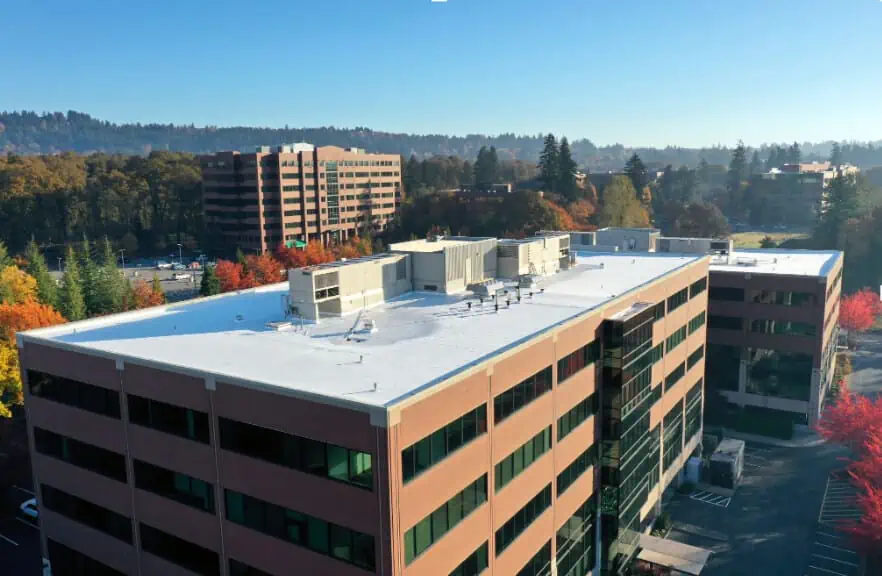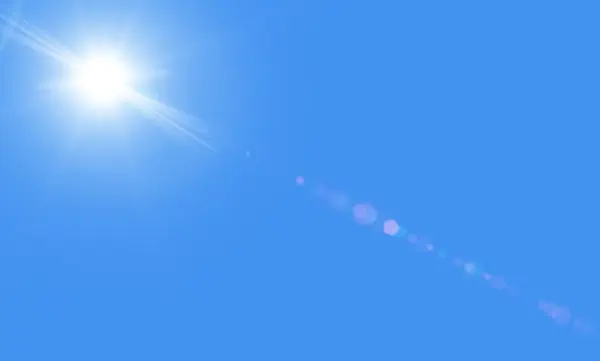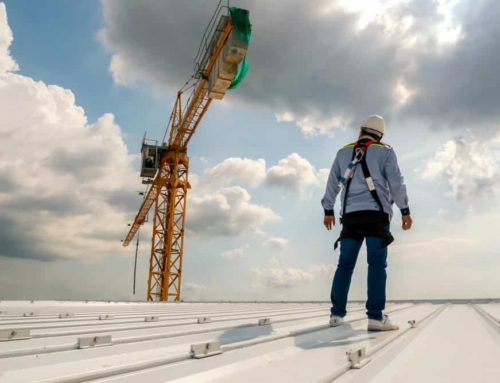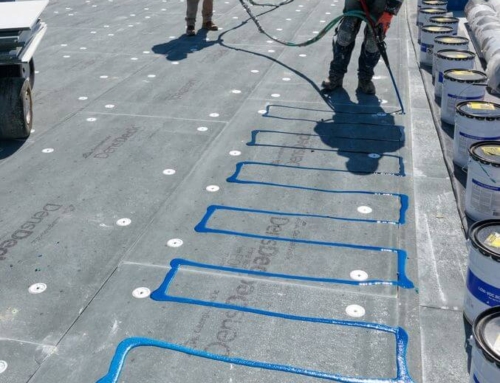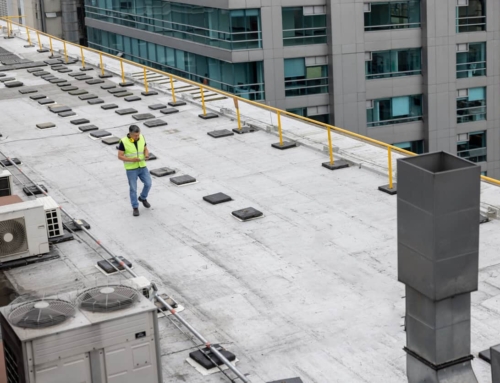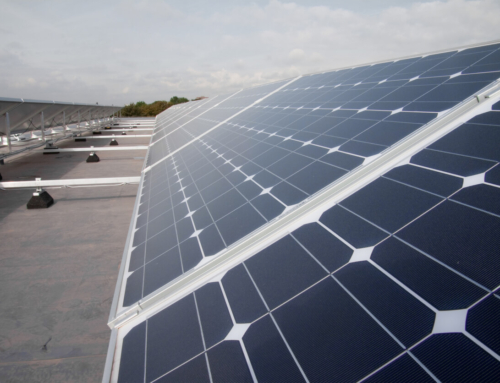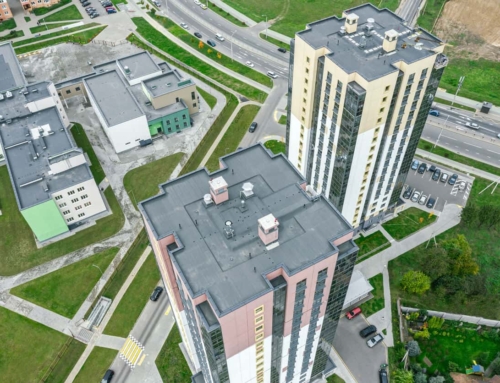The impact of UV radiation on commercial roofs can vary based on the type of roofing materials used in commercial construction. Each commercial roof material responds differently to UV exposure. Here’s a commercial roofing UV radiation overview for popular types of roofing systems.
Contents
How UV Rays Affect Commercial Roofing Materials
UV light and summer heat take their toll on all materials. Here’s how your commercial roof’s surface is affected by ultraviolet light – based on the roof system of your commercial building.
Built-Up Roofing (BUR)
UV radiation can cause the asphalt in BUR systems to degrade over time. This may lead to cracking, blistering, and a reduction in the waterproofing capability of the roofing system. Applying reflective coatings can help mitigate UV damage.
Modified Bitumen Roofing
Modified bitumen roofs are vulnerable to UV damage, which can accelerate aging. This may lead to cracking, loss of flexibility, and diminished waterproofing capacity. Applying UV-resistant coatings can protect the surface.
Single-Ply Membrane Roofing (TPO, PVC, EPDM)
UV radiation can cause the degradation of single-ply membranes, especially those without UV stabilizers. Over time, this can lead to reduced elasticity, cracking, and overall deterioration. Many single-ply membranes are manufactured with UV-resistant materials, but coatings or additional protection may be beneficial.
Metal Roofs
Metal roofs can endure UV exposure well, particularly when coated with reflective finishes. Properly coated metal roofs are resistant to UV damage, but prolonged exposure may lead to degradation of coatings and potential corrosion over an extended period.
Green Roofs
UV radiation can affect the plants on green roofs, leading to potential drying and discoloration. Adequate plant selection and proper maintenance can help mitigate the impact of UV radiation on green roofs. Protective layers and irrigation systems can also provide additional support.
Asphalt Shingles
UV radiation can cause asphalt shingles to become brittle and lose flexibility over time. This can lead to cracking, curling, and granule loss, ultimately reducing the lifespan of the shingles.
How to Stop Commercial Roofing UV Radiation Damage
The choice of roofing materials and coatings, along with proper installation practices, is crucial in ensuring the longevity and performance of commercial roofing systems. Planned inspections, regular roof maintenance, and applying UV-resistant coatings are common strategies to mitigate the impact of UV radiation on commercial roofs.
(It’s worth noting that there are additional benefits to roof coatings. They are used for reducing heat absorption, making it easier to regulate temperature inside your building during the warm months.)
Contact Nations Roof for more preventive measures. We will examine your roof system, including your roof structure, ventilation, insulation, and materials, and recommend ways to promote UV resistance.
Key Takeaways On How to Reduce UV Exposure Damage to Commercial Roofs
- Each type of roofing material is affected by UV exposure.
- UV rays can lead to reduced elasticity, cracking, and deterioration, which can result in the need for costly repairs.
- Coating systems and proper ventilation can prevent further deterioration and increase the energy efficiency of your building.

